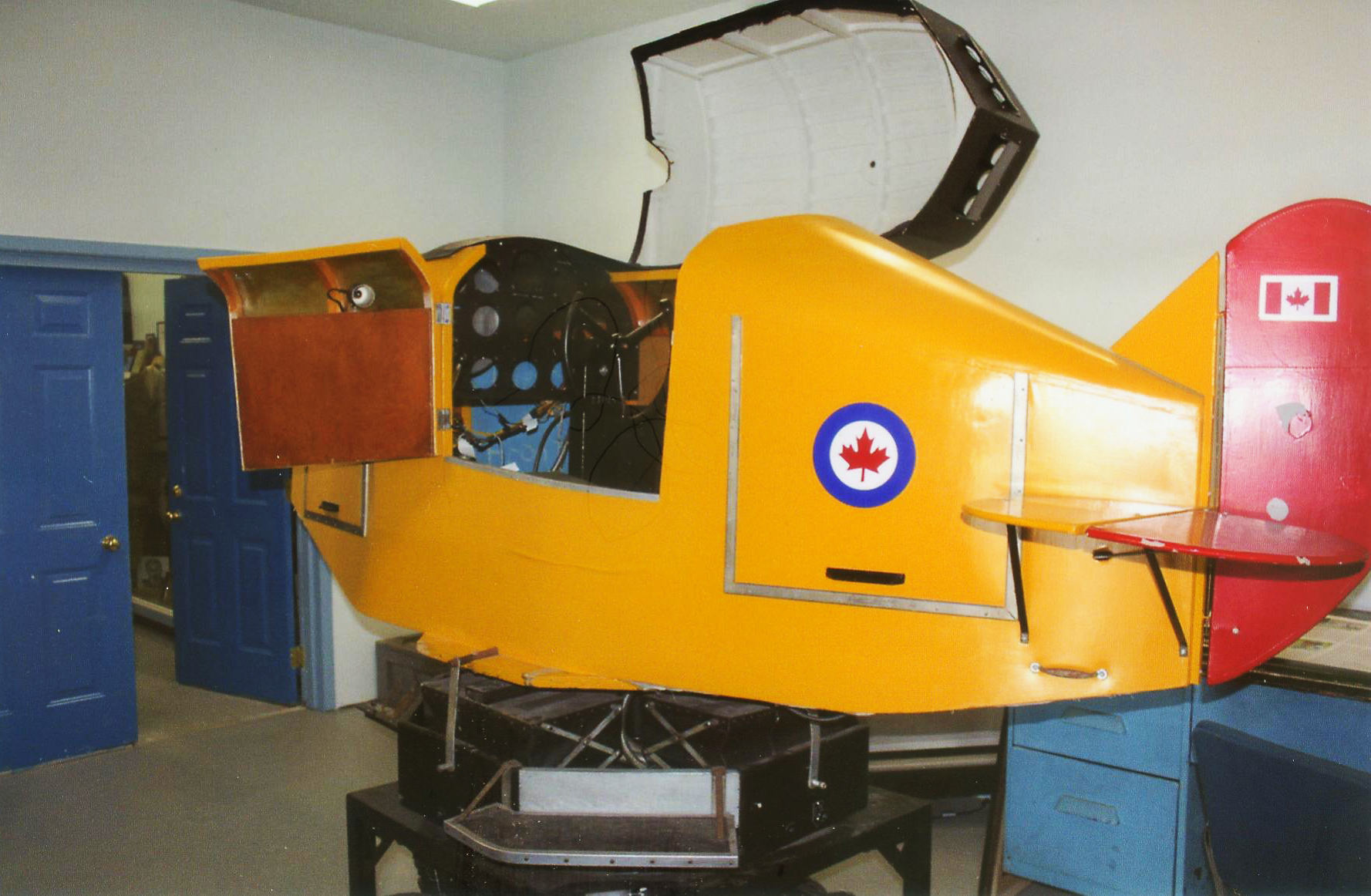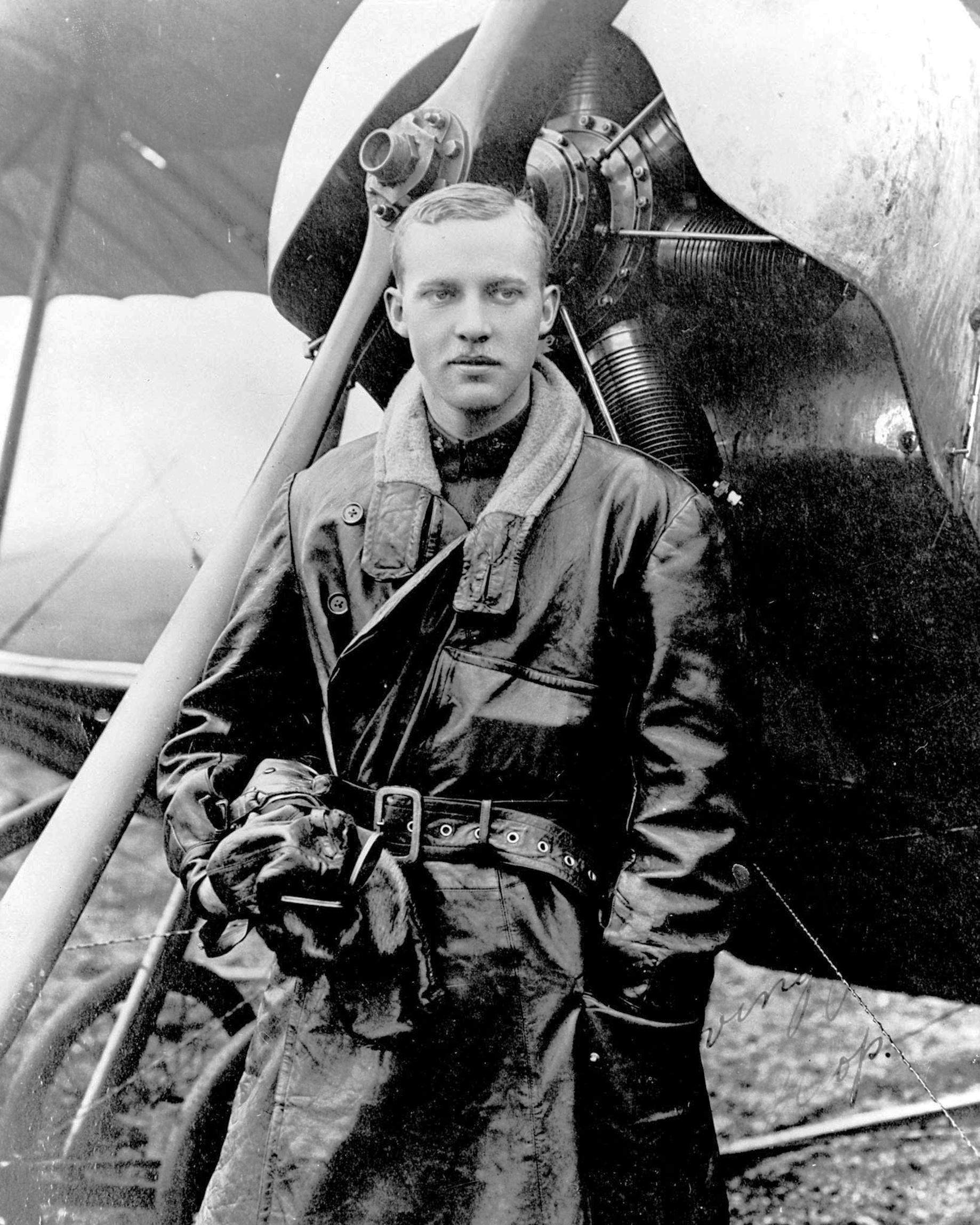BCATP profile: Margaret Frances Littlewood
News Article / May 12, 2016
In 2016, the RCAF is commemorating the British Commonwealth Air Training Plan – one of the largest air training programs the world has ever seen – and marking the 75th anniversary of the establishment of the 400-series squadrons, which continue to serve Canada and Canadians to this day.
By Major Bill March
Although the British Commonwealth Air Training Plan (BCATP) involved thousands of Canadian women, they were employed in support positions as members of the Royal Canadian Air Force Women’s Division, serving as nursing sisters or civilian staff. Regulations, and the culture of the day, precluded them from serving as aircrew and flight instructors. And although civilian men were BCATP instructors, it was equally unheard of for civilian women to be instructors in the RCAF-led training program.
Margaret Frances Littlewood, from Toronto, Ontario, was an exception.
Aviation historian Ted Barris, in his book Behind the Glory: Canada's Role in the Allied Air War, describes how Littlewood grew up as a tomboy in Toronto during the 1930s. She was bitten by the “flying bug” when her friend Marion Gilles’ father, who operated the Gilles Flying Service, took her up for her first flight in a Piper Cub. Flying from Barker Field, a small airport in the Downsview area of Toronto, Littlewood recalled, “I liked the take-offs and landings, but I couldn’t get over standing still up there…. The higher we got, the more cars looked like little toys.” In 1938, with her new private pilot’s licence in her pocket, she quit her job at the local Eaton’s mail order department and went to work for Mr. Gilles as an instructor.
By 1942, Littlewood, now a licensed instructor pilot, had three years of experience. Unfortunately, fuel rationing and other wartime restrictions caused the Gilles Flying Service to close and she found herself unemployed. Acting on a suggestion from one of her students, she wrote to each of the 10 BCATP air observer schools (AOS) seeking a job as an instructor on the Link trainer. For its time, the Link trainer was a sophisticated flight simulator that Littlewood would describe as an “amazing little machine on a pedestal that does everything an airplane can do, but never leaves the room”. Nine of the 10 schools turned her down, but the general manager of No. 2 AOS in Edmonton, Alberta, was in a bit of a bind.
Many of the BCATP schools were run by civilian companies and flying clubs, with the RCAF providing the aircraft and facilities. No. 2 AOS was operated by Canadian Airways until 1942 when it was turned over to Canadian Pacific Airways (CPA). The general manger was Wilfrid R. “Wop” May, a First World War flyer and recipient of the Distinguished Flying Cross, and a legendary bush pilot between the wars. When he lost his chief Link instructor to CPA, he looked for a suitable replacement and, regulations and culture be damned, he settled on Littlewood because of her ability and experience as an instructor. A short phone call later and it was agreed that she would begin in February 1943.
When she arrived in Edmonton she was understandably nervous – she had never seen a Link trainer before. After a brief tour of the station accompanied by May, he dropped her off in the Link room and that was that; she was an instructor. Watching the other instructors, Littlewood recalled that she “…learned from the desk, by watching the recorder and working with the students in the Links. The Link was small, but soon I was at home in them, because it was like the small airplanes we had flown back in Toronto, with a few instruments in front of you. And that was the importance of them – learning blind flying.”
Littlewood served as a Link instructor until May 1944. Although she faced her fair share of wisecracks and comments due to her gender, the majority of her students and fellow staff came to respect her skill, good humour and keen sense of purpose. She taught more than 150 pilots during her time at No. 2 AOS. In recalling the experience, she remembered working with Grant McConachie, North Sawle, Holick Kenyon, Vic Fox and many other experienced pilots. “I knew I still had lots to learn,” she said, “but these pilots [had] no idea how much they taught me while working with them.”
She continued flying after her time with the BCATP and eventually earned every possible licence available to a pilot in Canada. In 1982, the “Ninety-Nines” - an international organization of women pilots – presented her with the Amelia Earhart Award as the first woman “to do advanced flying training”.
Retired from a long career with the Ministry of Transport, Littlewood, 96, passed away on February 5, 2012 in Edmonton.
Further reading: Behind the Glory: Canada's Role in the Allied Air War, by Ted Barris


